
Restoring a forest
April 22, 2012
Ethiopia – once a land of beautiful forests is now largely characterised by denuded mountains, cavernous eroded gullies and richly soiled fields traversed by smaller gullies. From the top of many hills, the landscape appears deeply scarred.
Humbo in southern Ethiopia is an area which has been racked by famine which resulted in communities receiving food aid year after year.
In 2004, World Vision had identified the hills around Humbo as suitable for a large reforestation project and after extensive consultation and negotiation with the community, the Ethiopian government and the World Bank, 2,728 hectares were selected for a community managed natural regeneration project which would attract carbon sequestration income to the community, as well as restoring the productive capacity of the land, reducing the erosive force of rainwater running off the hills and reviving the local streams and springs.
After travelling 6 hours on good but congested highway from Addis Ababa to Soddo and then an hour on bone-rattling roads to the project site, we met with communities and climbed one of the hills. The reforestation was so successful that several of us were temporarily lost on the hill (which had been completely bare), unable to see or hear the main group.
We were privileged to observe a group from one community working on the hill – pruning the trees in a sustainable way so that the trees would grow well and continue to be productive while families were able to harvest firewood for domestic use and grass for their livestock and for sale.

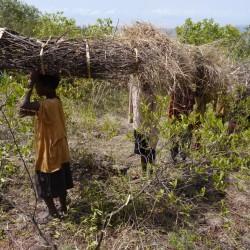
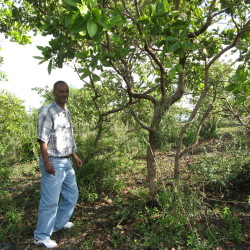
How did this transformation occur? I would like to introduce you to Hailu Tefera, a brave and dedicated man and the manager of the project team which worked with the seven communities to convince them that it was in their interest to restore the hills.
The team met with strong opposition as there were those who thought their livelihoods would be threatened and one lobby which tried to convince others that their land would be given to international investors. The team were repeatedly chased out of meetings, cursed and threatened. However they continued to work with politicians, elders and other significant opinion leaders and eventually won support. Bravery was not the only characteristic of this team. They also persevered with driving several hours over bone-rattling and flooded roads twice a week throughout the project implementation.
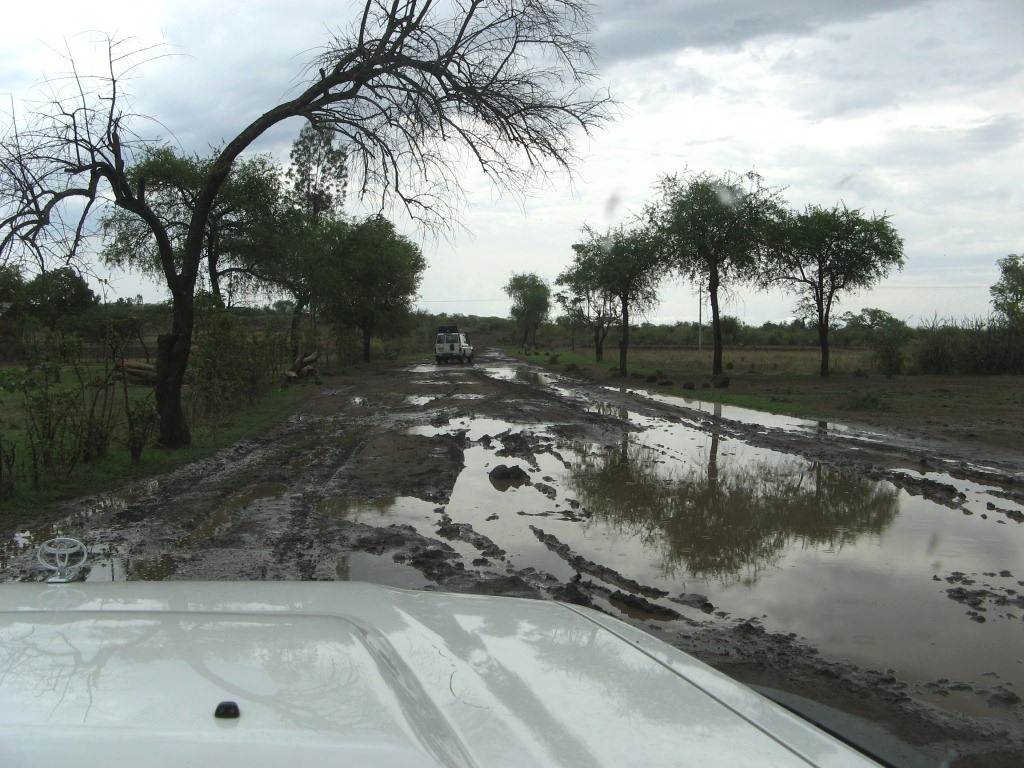
The success of this project was anchored in the simplicity of the concept and the development of the capacity of the communities to manage the forest, their cooperatives and the governance of their own affairs. FMNR is a simple concept – identify the living stumps, select the ones you want to regrow, prune the shoots so that 3-5 remain and continue to care for/protect those shoots. This includes developing a livestock management plan. However, FMNR cannot succeed unless the community learns to work together.
Today, the government has granted user rights to the communities and seven cooperatives manage the 2,728 ha of restored forest. They each have a plan and bylaws for managing their part of the forest, including the management of livestock, the assignment of forest guards and the development of fire-fighting awareness, skills and procedures. The cooperatives also identify those who have been disadvantaged by the protection of the hills and provide them with assistance to take up sewing or trading. People require permission to enter the forest and this is granted for legitimate working bees and harvesting of grass and previously pruned branches. The branches are left on the ground after pruning until the leaves have dried and fallen off, to provide a mulch to protect the slopes from heavy rainfall and to increase the organic matter in the soil. Bare patches where no live stumps were found have been planted with Grevillia robusta (Silky Oak), Eucalyptus and Acacia saligna. The birds and other wildlife have started to return.

Those who initially threatened the project team and chased them away from community meetings have since apologised and are now thankful for the benefits they are receiving. One family, who initially opposed the restoration of the forest, told us that they have now been able to build a bigger house, buy a pair of oxen and send all of their children to school.
The communities have earned $84,000 for the carbon sequestered so far in the forest and the seven cooperatives are using it for development projects to benefit the communities. One cooperative has bought a grain mill which any member of the community can use for a small fee to grind their grain into flour. They are building a large grain store and will use some of the funds to buy grain from the community at harvest time, store it securely and then sell it back to the community at a small profit, later in the year when market prices are very high. They are also planning to buy a vehicle to transport produce to bigger markets where they can obtain higher prices.
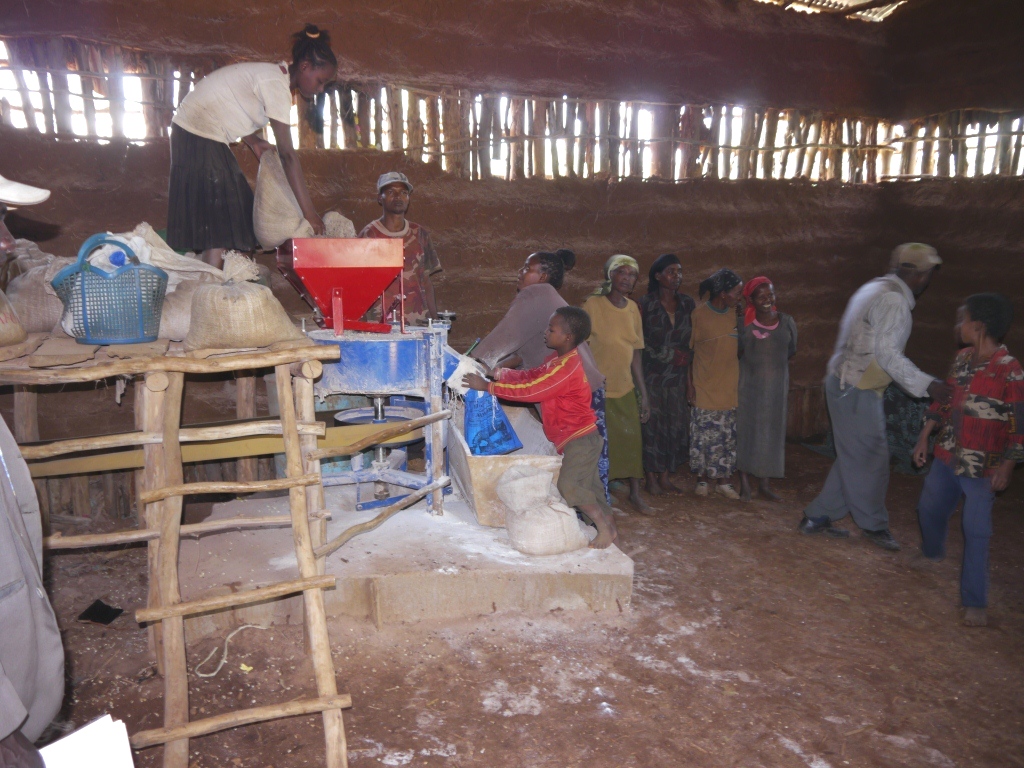
One of the exciting results of this project is that the Ethiopian government and the World Bank now recognise the Humbo project as a model for successful restoration of forests. The Ethiopian government has set a goal of restoring 15 million hectares of forest and meetings are to be held this week to discuss how this can be achieved.
Until next time
Liz
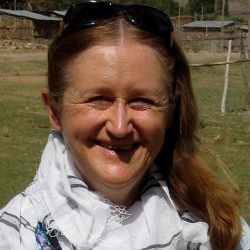
Liz is travelling in Africa with her husband Tony Rinaudo, a natural resource management advisor with World Vision Australia, encouraging communities, non-government organisations, governments, research organisations and others to scale up reforestation over large areas.
